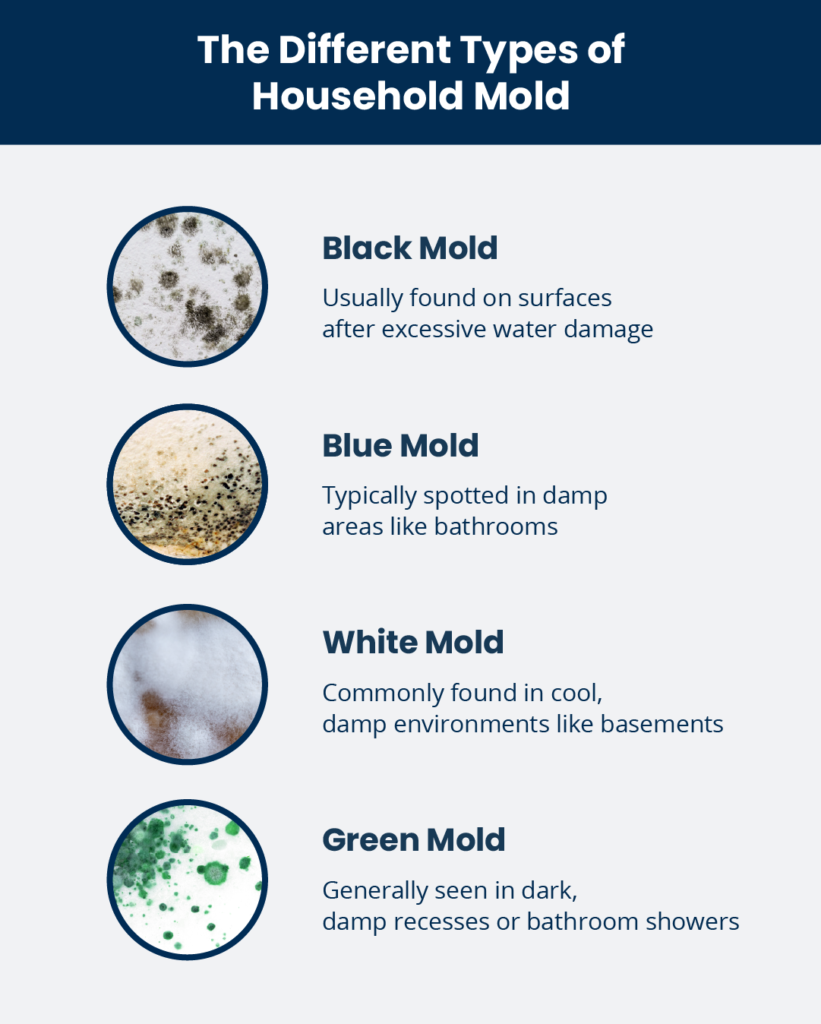Have A Info About How To Detect House Mold

It usually gives off a musty or earthy odor.
How to detect house mold. An unlikely place to detect a mold problem is on your utility bill. These invisible mold spores are easily inhaled by you and unsuspecting family members, and some people experience allergic reactions. Learn how to spot visible and invisible signs of mold in the house, as well as how to address the problem and remove existing mold for a healthier home.
It is impossible to get rid of all mold and mold spores indoors; Book instantly or compare quotes from highly. In addition, mould thrives in areas of poor air circulation and darkness.
Because mold is an allergen it can easily exacerbate any allergies you have. Getty images) the main causes of mould. Its most common colors are black green, brown, or white.
If you still don’t see mold, wait again for 24 hours and check one last time. There’s just one more step to completing the meal: While they do not detect mold, they will detect wet spots inside the wall you may not see.
They have specialized tools and expertise to detect mold accurately. A mold inspector checks if mold is hiding where you can't see it. 1 look for telltale characteristics.
As well as potentially endangering occupants’ health, mould growth can obviously have a detrimental effect on a property’s visual appeal and hence its market value. Keep an eye on an increase of symptoms like a runny nose, nasal congestion, and wheezing, and then inspect your space to see if you have any potential mold. Areas of the home that have indoor plumbing, are prone to humidity or condensation are ideal for mould growth because they provide an ample.
The water can collect within and provide ample breeding grounds. Cool, dark places and water are the breeding ground for mold. Some mold spores will be found floating through the air and in house dust.
You don’t want to think of putting mold spores directly into your mouth, but you come close if you never clean your toothbrush holder. If you do not see mold, wait another 24 hours and check again. Here’s how to detect mold in your house by looking at ten unexpected places.
Inspect areas for any discolorations, stains, or other signs of active mold growth. Where to look for signs of mold in your home behind the refrigerator under stacks of newspapers or cardboard behind the drywall in wall stud spaces that contain plumbing lines under sinks behind the wallboard around leaking windows in ventilation ducts under carpeting that was wet at one time. Finally, do a little detective work.
After 48 hours, check your petri dish for signs of mold growth. If you see grey, black, green, or bluish specks along grout lines, on walls, or other surfaces, it is most likely mold. Professional mold assessment and indoor air quality testing are the best ways to check for mold infestation in your house.










:max_bytes(150000):strip_icc()/identifying-mold-vs-mildew-4799138-final-4266e4b3d84c4401a7c1d8b6835dcc97.png)







